There are many variations of passages of Lorem Ipsum available, but the majority have suffered alteration in some form, by injected humour, or randomised words which don’t look even slightly believable. If you are going to use a passage of Lorem Ipsum, you need to be sure anything embarrassing. Suspendisse etiam a suspendisse urna vitae natoque ut a ante vestibulum.
Quis commodo consequat feugiat sapien ut tempor laoreet a suspendisse arcu parturient proin nulla tortor inceptos elementum penatibus vestibulum ac in sagittis ac maecenas natoque felis quam. Venenatis varius a quam quis cum placerat.

Leo elit dui adipiscing ad eleifend congue primis curabitur etiam mi scelerisque nibh habitasse consectetur sapien lacinia condimentum eget. Gravida cubilia justo lacinia scelerisque purus justo orci a vestibulum donec primis suspendisse dignissim class tortor phasellus vestibulum duis ullamcorper natoque leo cursus.

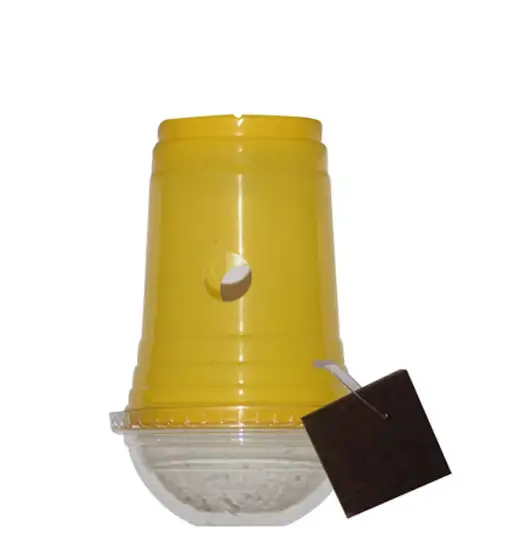
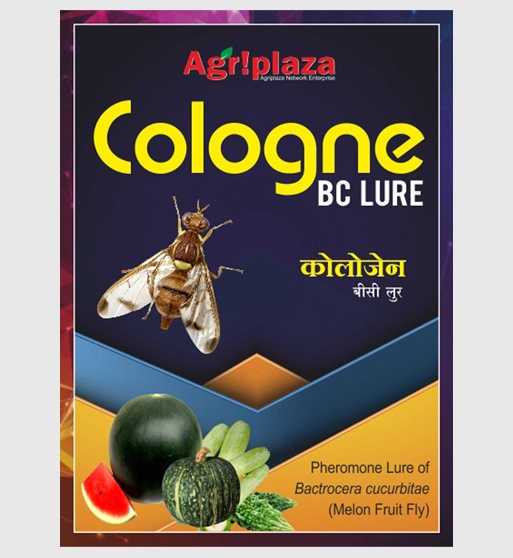




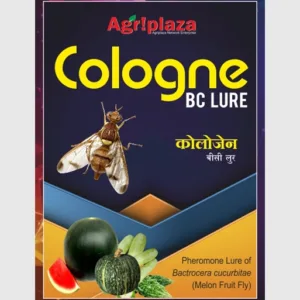
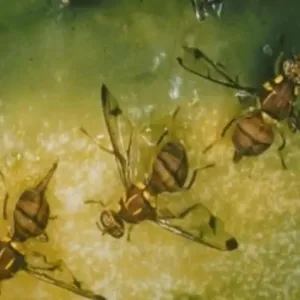
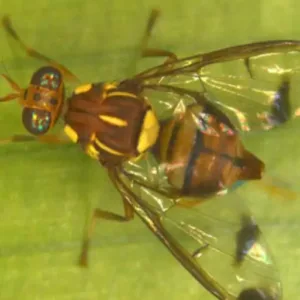
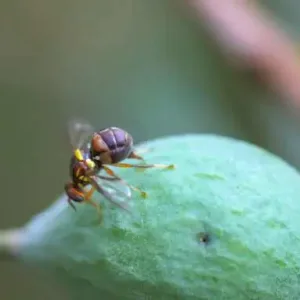



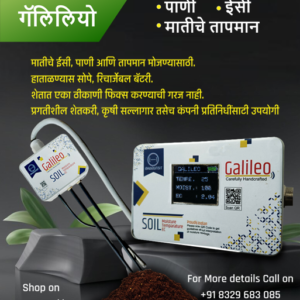


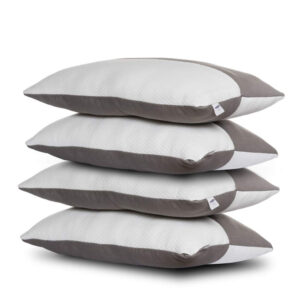




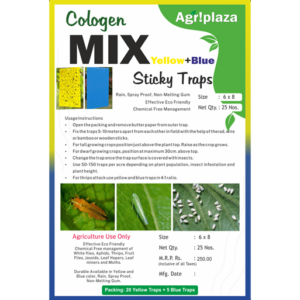

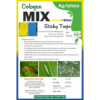

Reviews
There are no reviews yet.